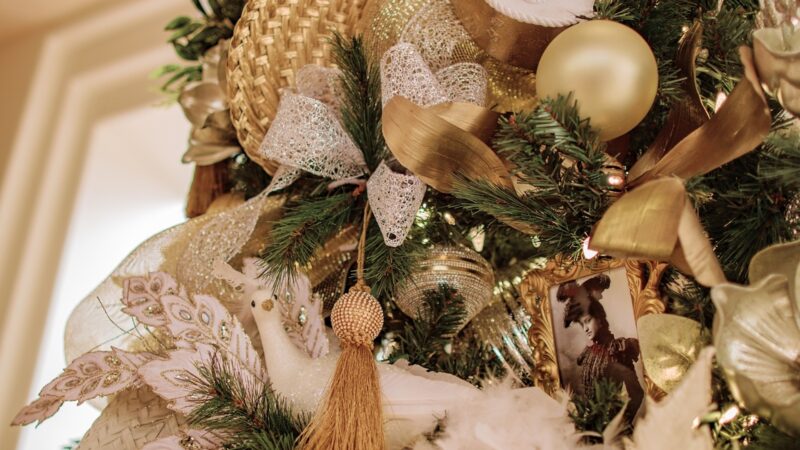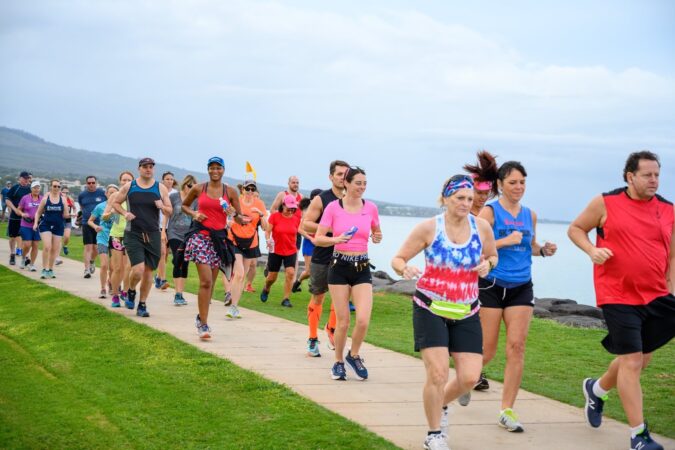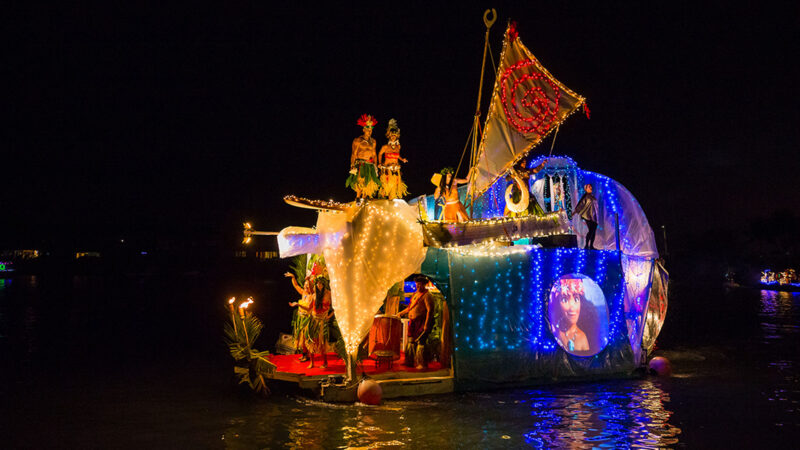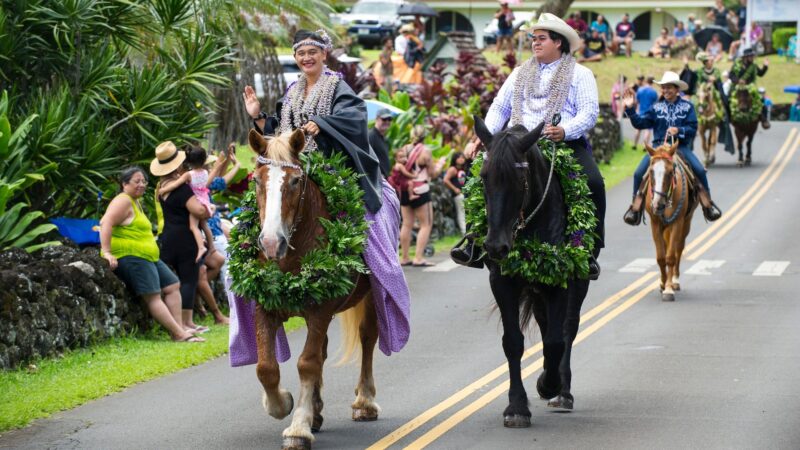Partner Content
The striking black lava rocks that line the shores of Hawaii Island’s beautiful Keauhou Bay are just one sign of the volcanic force that Hawaiians call Pele. Those who stay at OUTRIGGER Kona Resort & Spa are perfectly positioned to experience the spectacular sights that Pele helped create at Keauhou Bay and on the way to her current home in Hawaii Volcanoes National Park, while learning more about the Hawaiian culture that reveres her power.
Feature photo courtesy of OUTRIGGER Kona Resort & Spa.
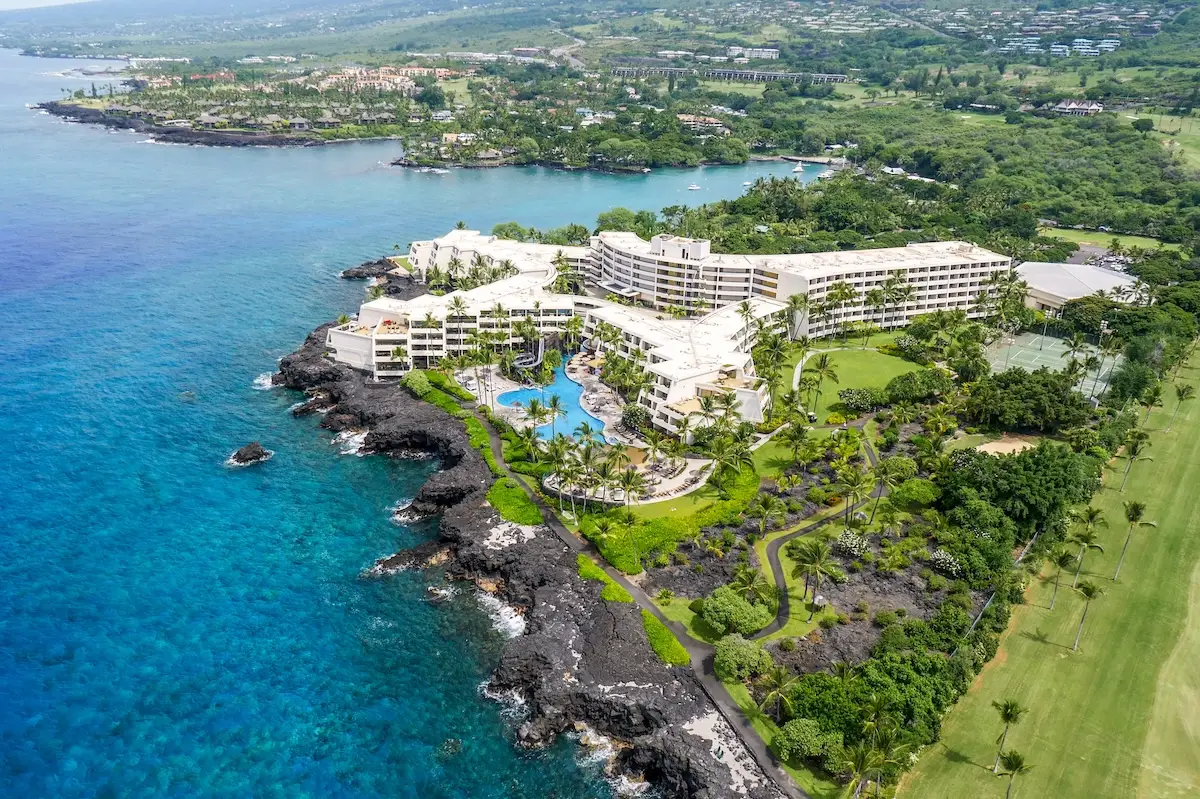
Guests can first get the lay of the land, so to speak, by taking the complimentary Kaukula‘ela‘e Walking Tour that leaves from the resort’s Aloha Cultural Center at 9 a.m. six days a week. Along the path on the north side of the resort are remains of stone temples, shrines and other structures hewn from lava rock. A mile south, overlooking Kuamoo Bay, are the Lekeleke Burial Grounds, where tumbled lava rocks mask the resting places of some 300 warriors who in 1819 battled over whether to preserve or reject traditional beliefs. The traditionalists lost to the forces of King Kamehameha II and Queen Ka’ahumanu, who ordered temples and tiki (ki‘i in Hawaiian) to be pulled down.

OUTRIGGER Kona Resort & Spa lies just 16 miles from Pu‘uhonua O Honaunau National Historical Park, where you can see painstakingly recreated tikis, restored heiau (temples) and the remains of another Hawaiian village, as well as three lava flows from the western slopes of Mauna Lona, the largest active volcano in the world. Of course, the most recent lava flow here was at least 750 years ago, according to the park’s website, but it left behind a stunning coastline.
The park’s scenic oceanfront Royal Grounds, once restricted to ali‘i (chiefs), include features of daily life and leisure: fishponds, a coconut grove, a thatched-roof canoe shed that provides shade, a playing board for Hawaiian checkers (konane) made of stone and bowls carved into rock — all framed by a massive, 400-year-old rock wall carefully crafted without mortar. The Pu‘uhonua, much of it restored in modern times, is where Hawaiians who broke the laws of the traditional kapu system could find life-saving sanctuary and redemption. In this compound you’ll see eye-catching wooden ki‘i guarding Hale O Keawe, a heiau (temple) that once also served as a royal mausoleum, plus the remnants of other heiau and tidepools.

Pele’s movements over the years have also carved out one of the largest accessible lava tube systems in the world: Kipuka Kanohina, about an hour south of OUTRIGGER Kona. This complex of 42 miles of lava tubes, many of them interconnected, has multiple entrances in Ocean View but only Kula Kai Caverns offers the public the opportunity to explore part of this underground labyrinth, all of which is either privately owned or part of a conservation area.
Other than walking up and down stairs, you don’t need any special ability to take the Lighted Trail Tour through Kula Kai’s main lava tube, formed by nine different lava flows about 1,100 years ago. The knowledgeable, science-oriented guides, all avid cavers themselves, begin the 60- to 90-minute tours with an above-ground explanation of the two types of lava that formed the island: fast-moving ‘a‘a, which hardens into jagged little peaks, and slow-moving pahoehoe, whose smoother undulations are also conducive to producing lava tubes.
Once below the ground, the guides point out cave features formed by a variety of molten minerals, dripping water and the passage of time, with whimsical names such as cave chocolate and cave popcorn. They also let you taste the purified rainwater that Hawaiians used to collect here in gourds and share anecdotes of how they also used these caves for temporary shelters. The Lighted Trail Tour costs $35 for adults and $20 for ages 6 to 12, and is free for kids 5 and younger. Like other tours offered by Kula Kai Caverns, it’s by reservation only.
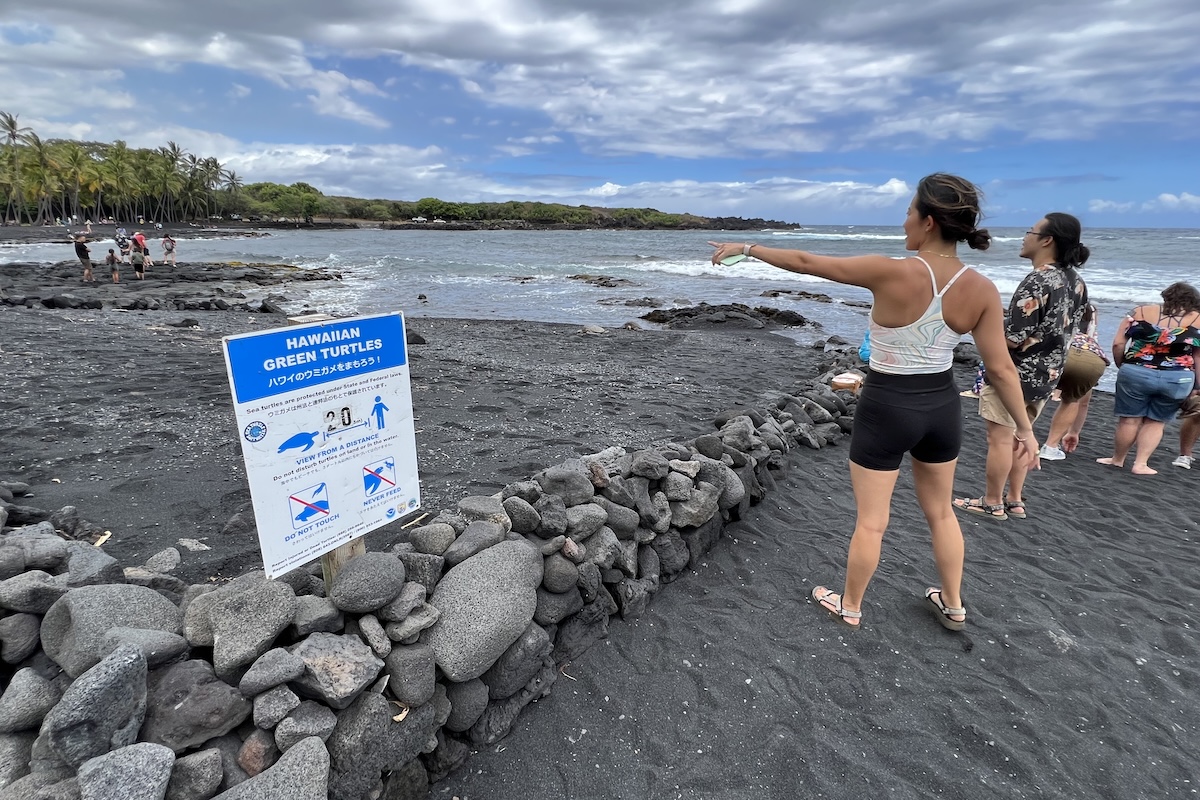
From Kula Kai Caverns, keep heading east another 27 miles to Punalu‘u Beach Park. If you’re looking for a black sand beach and near-guaranteed green sea turtle spotting, this is the place — as the hundreds of tour bus passengers and other visitors who descend here every day discover. Be aware that the brilliant blue bay, partially lined by palm trees, is rarely safe for swimming or snorkeling, and by federal law you need to maintain your distance from turtles, including when they’re basking or nesting on the shore (which at night can include the rarer hawksbill turtles).
You may spot a temporary enclosure of lava rocks around basking turtles, which will prevent you from accidentally coming too close; just use your zoom lens for the perfect shot. Be sure to read the plaque on the sculpture of Kauila, the legendary turtle protector of children, to learn more of the region’s cultural connections to Punalu‘u Beach.

Now you’re just a half-hour drive to the main entrance of Hawaii Volcanoes National Park, where legend holds that Pele lives within Kileaua Volcano’s massive Halema‘uma‘u Crater. While it’s impossible to know for sure if you’ll see lava flowing at the national park, the current cycle of on-again, off-again towering fountains of molten rock inside Halema‘uma‘u have certainly made it worth taking a chance on a visit.
Back at OUTRIGGER Kona Resort and Spa, you’re guaranteed to enjoy a fiery display of knife-dancing at the end of one of the twice-weekly performances of the Feast & Fire Lu‘au, as well as some traditional Pele-inspired chants and hula beforehand. Now that you’ve had a chance to see more of her handiwork across the island, you’ll understand the awe she continues to invoke.


